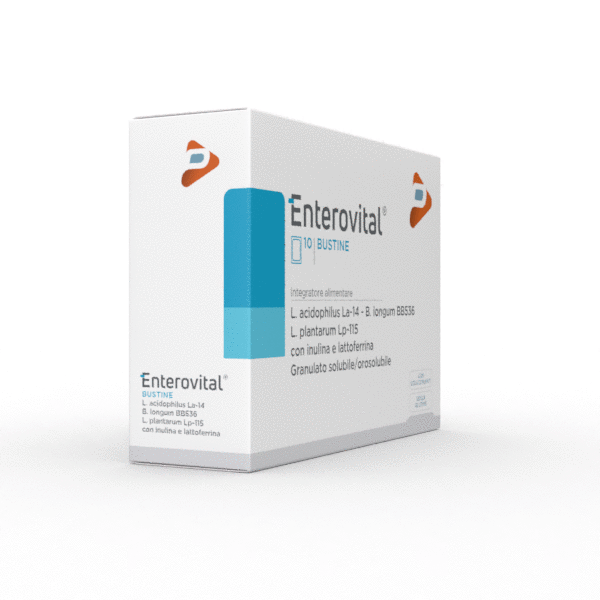Probiotics and prebiotics “promote the balance of intestinal flora”, this is the indication of use reported by the guidelines of the Ministry of Health (revision March 2018). “The physiological effect aimed at favoring the balance of the intestinal flora – the document states – has always been considered useful for health and linked to the ability of a probiotic to colonize at an intestinal level thanks to the contribution of a sufficient number of cells lives with the indicated intake amounts “. Probiotics and prebiotics, therefore, would be able to favor the balance of the bacterial flora, as long as we have certain requisites, including for example, the minimum quantity of live cells sufficient to obtain an optimal colonization of the intestine by the microbial strain, which based on the available scientific evidence, it must be at least 109 per day. The portion of the product recommended for daily consumption must, therefore, contain a quantity equal to 109 live cells for at least one of the strains present.
Bacterial flora and probiotics
The bacterial flora is a set of symbiotic microorganisms that coexist in the human body, so they are normally present within our intestines. Their whole helps to form the microbiota, a sort of separate organ that acts as a barrier against pathogens, regulating the absorption and metabolism of various nutrients, the production of vitamins and immune defenses, but which is characterized by a delicate balance able to influence our state of health. His alterations (dysbiosis) are responsible for a greater vulnerability of the individual. In situations like these, help comes from the integration of probiotics, useful for repopulating the intestinal bacterial flora. It must be remembered, however, that in order to live and proliferate, probiotics need proper nourishment or prebiotics. That is why, when the balance of the bacterial flora fails, it is useful to aim at the correct synergy between probiotics and prebiotics, then the association of lactic ferments with prebiotics such as inulin, capable of stimulating the growth of beneficial strains, and lactoferrin, an antimicrobial glycoprotein that instead inhibits the growth of pathogenic strains. These are preparations that can be purchased without a prescription and are readily available on the market when the need arises, in the form of vials or sachets


